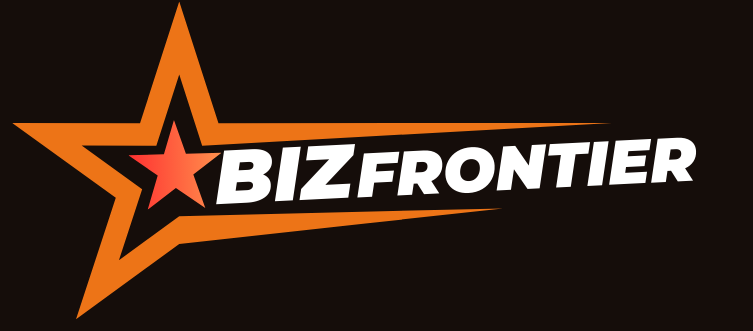
Heidelberger Beteiligungsholding AG has initiated strategic accumulation of SQD tokens through OTC deals and market purchases, signaling a major pivot toward blockchain infrastructure. The Frankfurt-listed investment firm (ticker: IPOK) will rebrand as SQD.AI Strategies AG following the acquisition, aligning its corporate identity with the data network it now backs. This move includes plans to raise up to €50 million in 2025 for token acquisition and staking operations.
Chairman Clemens Jakopitsch, who previously invested in SQD via the Piëch Family Office, emphasized the timing coincides with “powerful crypto tailwinds” and regulatory milestones. The decision reflects institutional confidence in SQD Network’s position at the convergence of blockchain data and AI infrastructure. Jakopitsch noted two landmark U.S. regulatory frameworks expected to pass the Senate this month as key catalysts.
The token acquisition forms part of a long-term strategy to expand SQD’s ecosystem, which replaces traditional RPC systems with decentralized data retrieval. Heidelberger’s transition marks one of the first German publicly traded companies to fully rebrand around a cryptocurrency project. Financial details include:
- €9.5 million: Initial token acquisition value confirmed in June 2025
- €50 million: Target funding for 2025 token operations
- >13.5% CET1 ratio: Post-transaction capital adequacy target
Install Coin Push to get profitable crypto trading notifications.
Heidelberger’s Strategic Transformation
The Frankfurt Stock Exchange-listed firm is restructuring its capital allocation to fund the SQD initiative, canceling a planned €700 million share buyback. Dividend payouts will temporarily reduce to 10% of net profit during the transition, with targets to restore 40-50% payouts by 2026. The company projects >20% EPS uplift and 19% ROTE by 2026 following the token strategy implementation.
Heidelberger’s pivot follows Erste Group’s recent €9.5 million SQD token acquisition, signaling institutional momentum for the project. The restructured entity will focus exclusively on developing SQD’s data infrastructure, positioning itself at the intersection of decentralized networks and artificial intelligence applications.
SQD Network’s Technical Architecture
SQD Network operates a hyper-scalable modular data platform combining a decentralized data lake with high-efficiency query engines. The system enables blazing-fast blockchain indexing for dApps, AI agents, and zero-knowledge proofs by bypassing conventional RPC limitations. This architecture allows real-time data retrieval across blockchain networks at unprecedented scale.
The network’s technical design specifically addresses growing demand for onchain data accessibility in AI training and analytics. By creating a decentralized alternative to centralized data providers, SQD aims to become foundational infrastructure for Web3 and AI convergence. The platform’s performance benchmarks show 10x faster query responses compared to traditional solutions.
Market Implications and Regulatory Context
This corporate rebranding occurs amid anticipated U.S. crypto regulatory frameworks expected in July 2025, potentially easing institutional entry. The move signals growing acceptance of token holdings as strategic assets on corporate balance sheets, following MicroStrategy’s bitcoin treasury precedent. Analysts note increasing correlation between AI-focused crypto projects and traditional equity valuations.
Institutional inflows into cryptocurrency products reached $1.2 billion last week according to CoinShares data, with AI-related tokens seeing disproportionate interest. The European market remains particularly active, with crypto exchanges expanding operations across the region. Regulatory clarity from MiCA implementation continues to drive institutional participation in the sector.
Heidelberger’s transition may inspire similar corporate pivots among European financial holding companies seeking exposure to blockchain infrastructure. The staking component of their strategy could generate yield exceeding traditional fixed-income products, with current estimates projecting 8-12% annual returns for enterprise-grade validators.
Market observers highlight the timing aligns with Bitcoin’s supply crunch, where less than 15% of BTC remains on exchanges. This scarcity dynamic combined with institutional accumulation patterns creates favorable conditions for alternative cryptoassets like SQD to capture market attention.
Install Coin Push mobile app to get profitable crypto alerts. Coin Push sends timely notifications – so you don’t miss any major market movements.
The Heidelberger transition signals institutional validation of blockchain data infrastructure as a strategic asset class. As traditional finance converges with decentralized networks, corporate rebranding around specific protocols may become an emerging trend. SQD’s positioning at the AI-blockchain intersection could drive significant ecosystem growth through 2026.
- SQD tokens
- The native cryptocurrency of SQD Network used for network operations, staking, and governance within the decentralized data platform.
- Staking
- The process of locking cryptocurrency holdings to support network operations and security in exchange for rewards, similar to earning interest.
- Decentralized data lake
- A distributed storage repository that holds massive volumes of raw data across multiple locations, enabling scalable analytics without central control.
- RPC (Remote Procedure Call)
- A legacy protocol for blockchain data access that SQD replaces with its decentralized query engine for improved performance.
This article is for informational purposes only and does not constitute financial advice. Please conduct your own research before making any investment decisions.
Feel free to “borrow” this article — just don’t forget to link back to the original.


Editor-in-Chief / Coin Push Dean is a crypto enthusiast based in Amsterdam, where he follows every twist and turn in the world of cryptocurrencies and Web3.





